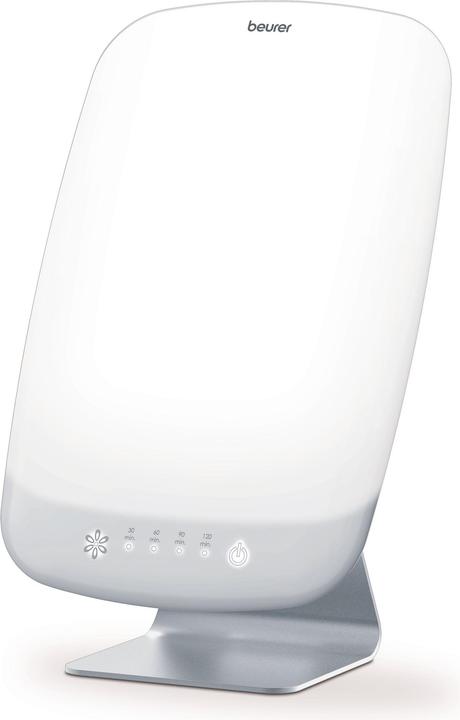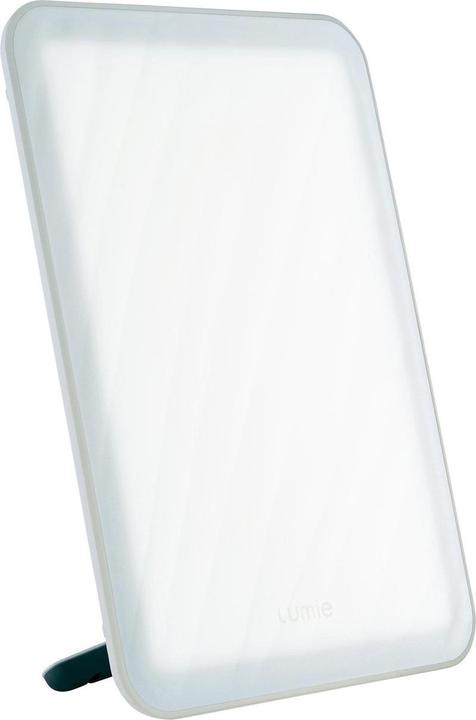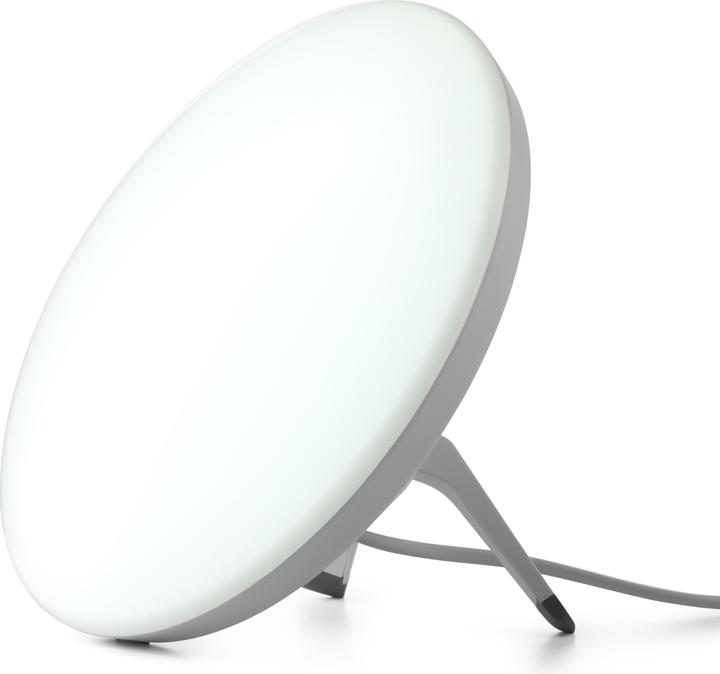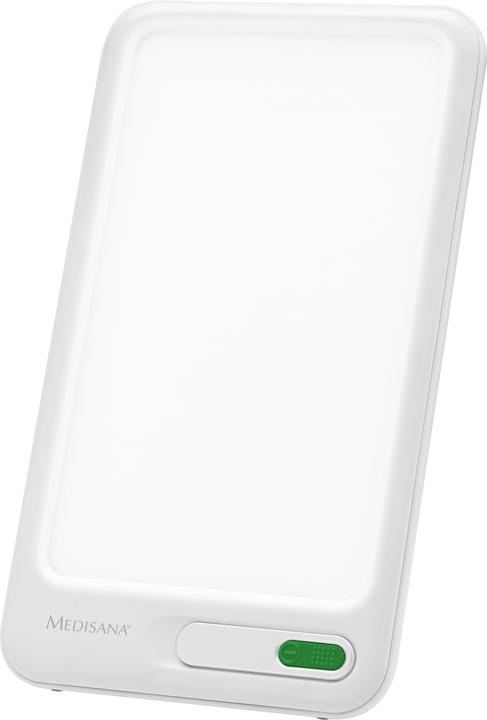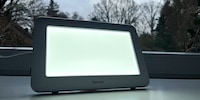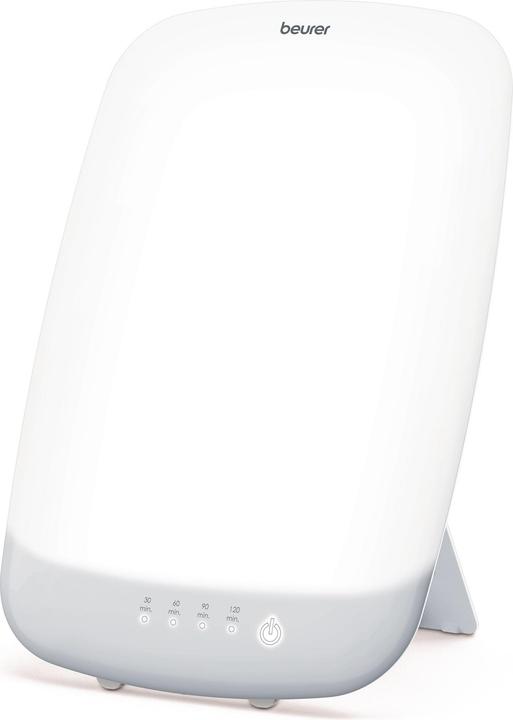
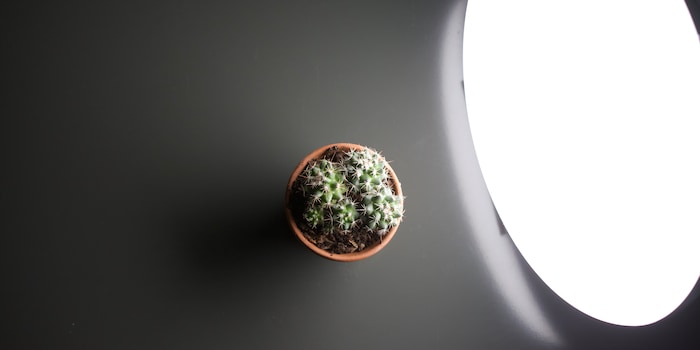
Stiftung Warentest: These daylight lamps help against the winter blues
The German Stiftung Warentest tested 19 daylight lamps against winter depression. Only five received the grade "good". Many models provide too little light for effective therapy - if you still want to use them, you have to sit in front of them for much longer.
Two conclusions can be drawn from the comparative test by Stiftung Warentest. Firstly: size matters. And secondly: more expensive is not always better.
More surface area = more light
The two test winners, Beurer TL 85 and Beurer TL 95, not only have the best score of 1.8 (rated according to the German grading system from 1 to 6), but also the largest illuminated area. They reach the 10,000 lux recommended for light therapy at a distance of around 30 centimetres - and even from a distance of 50 centimetres they still provide around 4,000 lux. For comparison: in an average office, your eyes receive just 100 lux.
«There is scientific evidence that a larger illuminated area with the same brightness has stronger non-visual effects than a smaller area, which is crucial for treating depression», explains human biologist Dr Johannes Zauner from the Technical University of Munich. Johannes Zauner from the Technical University of Munich to Stiftung Warentest.
The TL 85 costs around 130 francs, the TL 95 around 150 francs. Both have a timer and are easy to operate.
In third place was the Lumie Vitamin L with a score of 2.3, followed by two other Beurer models (TL 50 and TL 35) and the Top Life 15,000 lux light therapy lamp - it costs around 60 francs and is therefore the winner in terms of value for money.
More time = more effect
Eleven models receive the grade «satisfactory». The problem: they often only reach the therapeutically effective 10 000 lux when you sit extremely close to them - sometimes only nine to 20 centimetres away. At a comfortable distance of 50 centimetres, they usually only provide 1250 to 2500 lux. This means that instead of 30 minutes a day, you have to spend two to four hours in front of the lamp to get the same amount of light.
Two lamps are only «sufficient»: the Top Life light therapy lamp 10,000 lux (45 francs) and the NIKYJM daylight lamp 25,000 lux (33 francs). They would have to be used at a distance of just seven to twelve centimetres - so close that practical work is hardly possible on the side.
The Energy Mood Light from Comfytemp (around 29 francs) came last with a poor rating of «» . The reason is curious: If you first plug the plug into the socket and then into the lamp, it breaks.
Miserable result for daylight glasses
In addition to the 19 lamps, Stiftung Warentest also tested two pairs of daylight glasses, each costing around 200 francs, out of competition. The result was sobering: The glasses do not receive a recommendation. They provide significantly less light than the lamps tested, are uncomfortable to wear and can cause discomfort during prolonged use. For the high price, they hardly offer any practical benefits. If you want to refuel with light on the move, you are better off taking a walk in daylight.
By the way: light therapy actually works. It has been used successfully against winter depression since the 1980s. The light absorbed through the eyes reduces the production of the sleep hormone melatonin - we are then less tired. The most useful application is a light shower in the morning to help your inner clock.
For healthy people, the lamps are harmless, says Professor Manuel Spitschan from the Technical University of Munich. However, people with certain forms of epilepsy, skin or eye diseases should speak to a doctor beforehand.
In our extensive product test, the Beurer TL 100, which was not included in the Stiftung Warentest comparison, was convincing across the board:
Science editor and biologist. I love animals and am fascinated by plants, their abilities and everything you can do with them. That's why my favourite place is always the outdoors - somewhere in nature, preferably in my wild garden.
From the latest iPhone to the return of 80s fashion. The editorial team will help you make sense of it all.
Show all